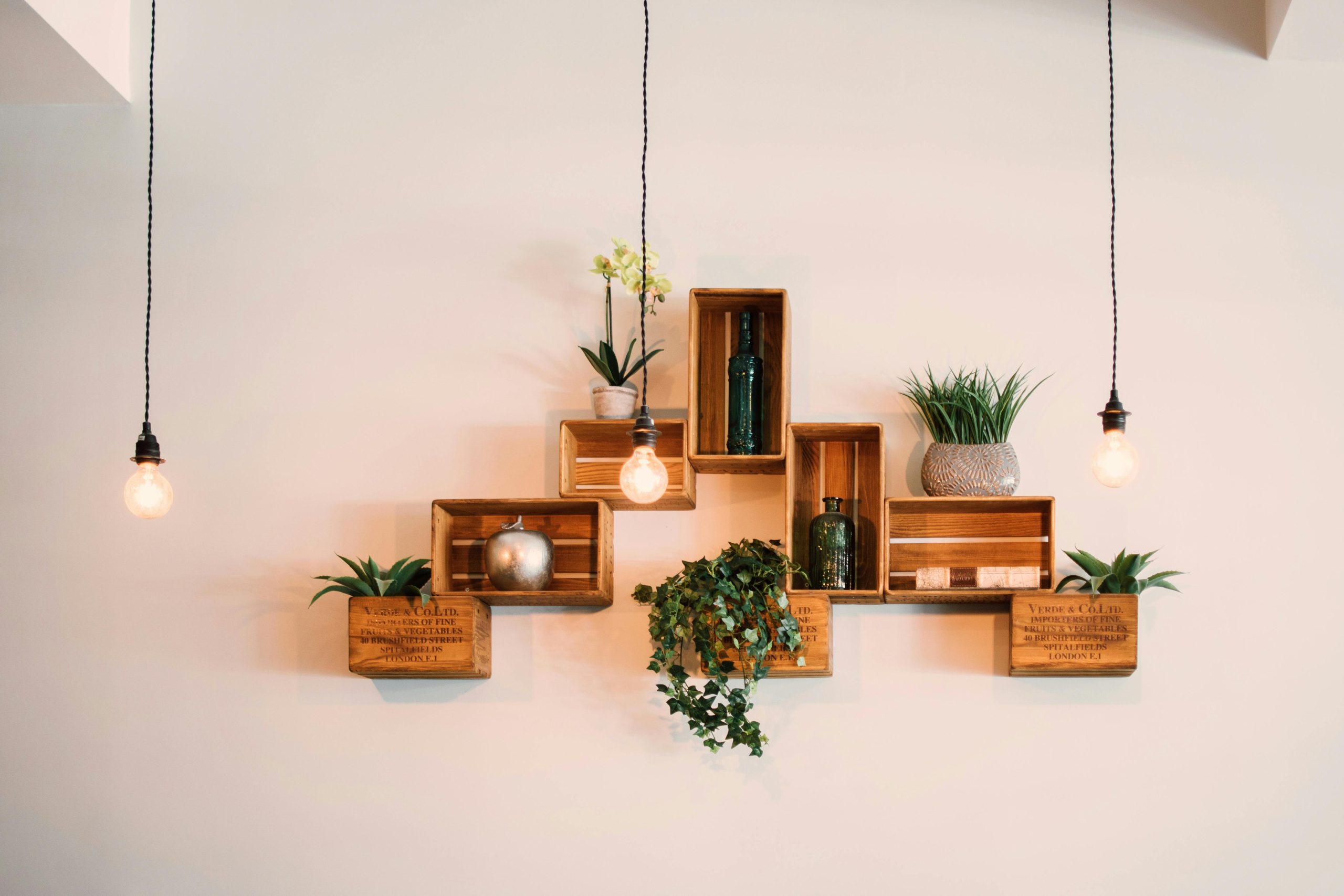Our Address:
In recent years, sustainability has become a critical consideration in all aspects of life, including interior design. The use of eco-friendly materials is no longer just a trend but a necessity, as both businesses and individuals seek to reduce their environmental impact. The shift towards green design reflects a broader commitment to environmental stewardship and sustainable living, with interior design playing a pivotal role in this movement. Companies like Commercial Interior Solutions (CIS), which specialize in commercial renovations and tenant improvements, are increasingly incorporating eco-friendly materials into their projects across the Tampa Bay area and beyond. This article explores the importance of eco-friendly materials in interior design and how they contribute to sustainability.
Healthier Living and Working Environments
Eco-friendly materials often have lower levels of toxic emissions compared to traditional materials. Many conventional building materials release volatile organic compounds (VOCs) and other toxins into the air, which can contribute to health problems such as respiratory issues and headaches. By choosing eco-friendly options, designers can create healthier indoor environments for inhabitants, enhancing overall well-being and productivity.
Conservation of Natural Resources
Sustainable interior design emphasizes the use of materials that are either recycled or sourced from renewable resources. This approach helps conserve finite natural resources and reduces the environmental impact associated with extraction and processing. Materials like bamboo, cork, and reclaimed wood are popular eco-friendly choices that not only look beautiful but also minimize the depletion of Earth’s resources.
Energy Efficiency and Cost Savings
Incorporating eco-friendly materials can contribute to the energy efficiency of buildings. Natural and sustainable materials often have better insulation properties than their synthetic counterparts, leading to reduced energy consumption for heating and cooling. Over time, this can result in significant cost savings for businesses and homeowners alike, showcasing that sustainability can also be economically beneficial.
Supporting Sustainable Industry Practices
Choosing eco-friendly materials supports industries that prioritize sustainability. By opting for products from companies that implement environmentally friendly practices, consumers and businesses can drive demand for green products, encouraging more industries to adopt sustainable methods. This support fosters innovation in eco-friendly materials and technologies, further advancing sustainability in interior design.
Enhancing Brand Image
For businesses, using eco-friendly materials in their interior design projects can enhance their brand image and appeal to environmentally conscious consumers. Demonstrating a commitment to sustainability can differentiate a business from its competitors and build a loyal customer base that shares similar values. In an increasingly eco-aware market, sustainability can be a significant factor in a consumer’s decision-making process.
Long-term Environmental Impact
Ultimately, the use of eco-friendly materials in interior design contributes to the long-term health of our planet. By reducing waste, lowering emissions, and conserving resources, sustainable design practices can help mitigate climate change and protect ecosystems. As more individuals and businesses embrace green materials and technologies, the cumulative effect can lead to substantial environmental benefits.
The importance of eco-friendly materials in interior design cannot be overstated. As sustainability becomes a guiding principle for more businesses and individuals, the choices made in interior design projects have far-reaching implications for health, resource conservation, energy efficiency, industry practices, brand image, and the environment. Companies like CIS are leading the way by integrating sustainable materials into their projects, demonstrating that eco-friendly design is not only possible but also practical and beneficial for both people and the planet. Through conscious choices and innovative design, we can all contribute to a more sustainable future.





